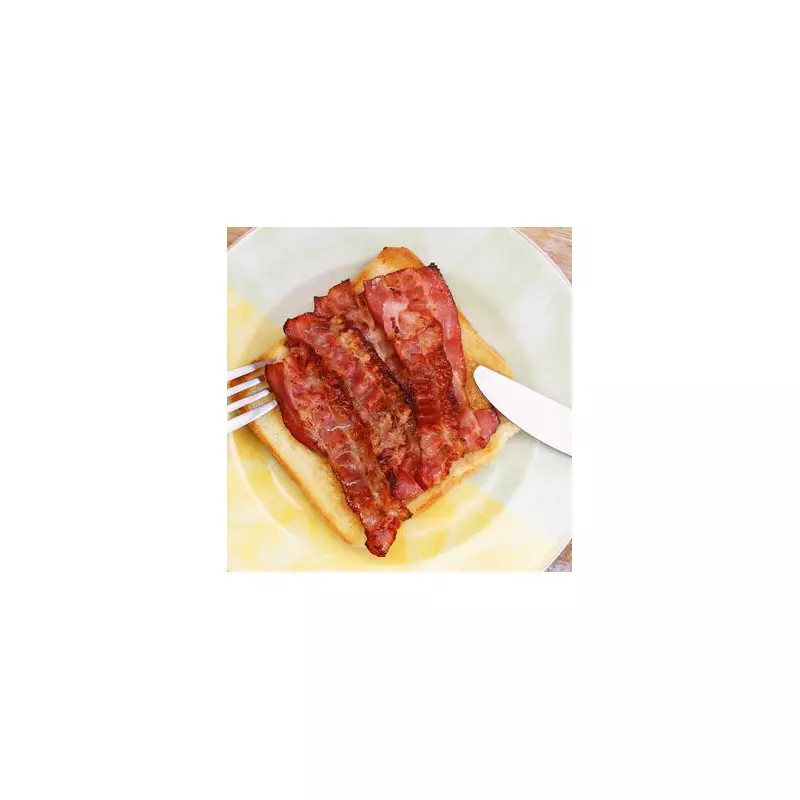
For many Brits, the sizzle of bacon in the pan is the sound of a perfect morning. Yet achieving that ideal balance of crispy texture without crossing into burnt territory often feels like culinary roulette. That familiar scene of smoke billowing from the pan while the fire alarm provides an unwelcome breakfast accompaniment might soon be history.
A revolutionary approach from professional kitchens is changing the game entirely, and it begins with one simple ingredient already in your kitchen: cold water.
The Water Method: A British Breakfast Revelation
This technique seems counter-intuitive at first glance. Why add water to something you're trying to make crisp? The science, however, is beautifully simple.
Starting your bacon in a cold pan with just enough water to coat the bottom creates a gentle cooking environment. As the water slowly heats up and eventually evaporates, it renders the fat from the bacon gradually and evenly. This gentle rendering process is the key to avoiding the sudden, high heat that typically causes burning.
Your Step-by-Step Guide to Flawless Bacon
- Begin Cold: Arrange your bacon strips in a single layer in a cold frying pan. Avoid overlapping for even cooking.
- Add Water: Pour in just enough cold water to barely cover the bottom of the pan, creating a shallow pool around the bacon.
- Slow Simmer: Turn the heat to medium-high. The water will come to a simmer, gently cooking the bacon as it slowly evaporates.
- The Transformation: Once the water has completely evaporated, the rendered fat will take over, frying the bacon to a perfect golden crispness.
- Final Crisp: Continue cooking for another minute or two, flipping occasionally, until your bacon reaches its ideal level of crispiness.
- Drain and Serve: Transfer to a plate lined with kitchen paper to absorb excess grease before serving.
Why This Method Triumphs
This approach solves multiple bacon-cooking dilemmas simultaneously. The water prevents the initial high-heat shock that causes curling and uneven cooking. It also significantly reduces splattering, meaning less mess and fewer burns. Most importantly, it gives the fat ample time to render out, resulting in bacon that's crispy through and through without any burnt edges.
The result? Consistently perfect bacon that will elevate your full English breakfast from good to magnificent. Whether you're preparing a weekend feast or a quick bacon sandwich, this method promises restaurant-quality results from your own kitchen.





